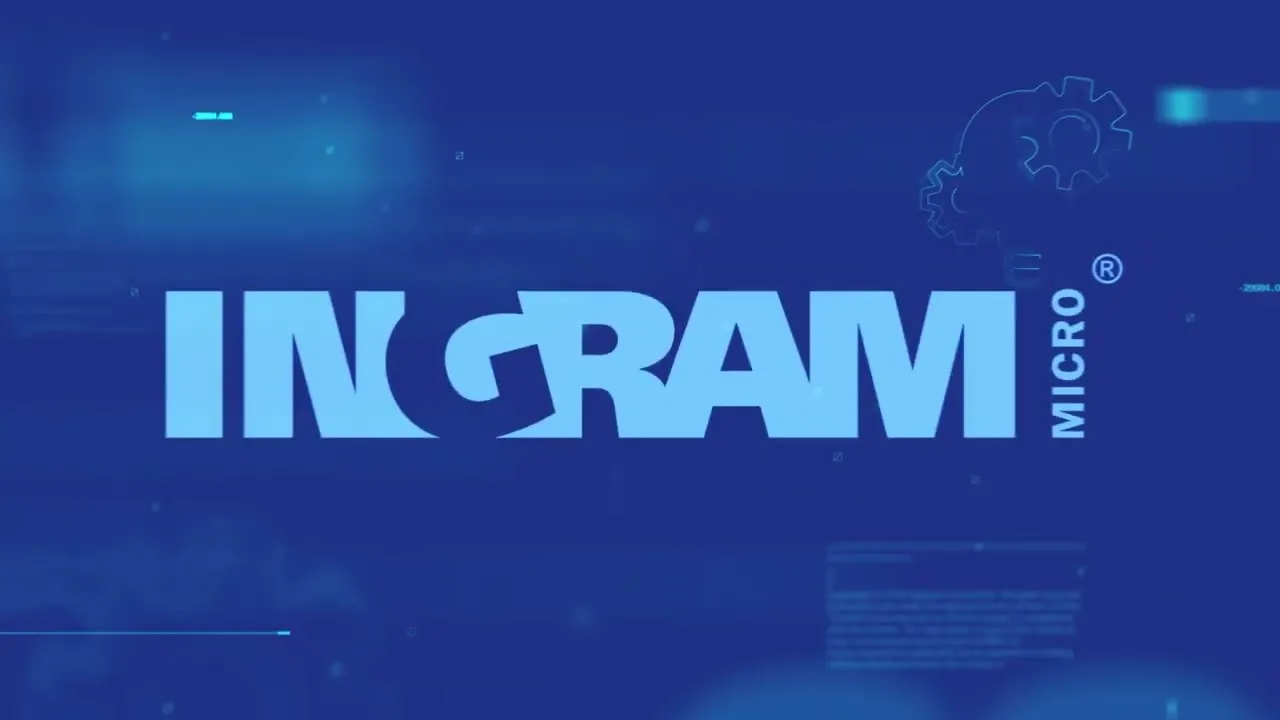Windows updates are an essential part of managing and maintaining modern operating systems. They are crucial to ensuring that the Windows system is secure, efficient, and functions properly. Each Windows update aims to fix security vulnerabilities, improve performance, and add new features.
Windows updates are an essential part of managing and maintaining modern operating systems. They are crucial to ensuring that the Windows system is secure, efficient, and functions properly. Each Windows update aims to fix security vulnerabilities, improve performance, and add new features.
Microsoft, aware of these inconveniences, has continuously worked to improve the update process and minimize the disruption for its Windows users. The company has implemented various solutions, from enhancing the way Windows updates are deployed to introducing new tools that allow users to manage and control the installation process.
Despite these efforts, challenges persist for Windows, highlighting the complexity of maintaining an operating system that works well for millions of users with different hardware and software configurations. This article from ITD Consulting delves into the recurring issues associated with Windows updates, examines the initiatives Microsoft has adopted to address them, and analyzes the impact of these changes on the user experience.
The Challenges of Windows Updates
Windows updates, while essential to keep the system secure and efficient, have been a constant source of frustration for users. The security and quality updates for Windows, which are regularly released, are important to patch known vulnerabilities and ensure system stability.

However, feature updates for Windows, which include new features, often cause more problems than they solve. One recurring issue with Windows updates is that, at times, the system can install incompatible versions or create conflicts with already installed hardware and software.
This can result in significant system failures, such as blue screens, system crashes, or applications not working properly. Additionally, some Windows updates may overwrite important settings, leading to long-term issues.
In a recent case, the KB5046633 update for Windows 11 caused many users to receive an erroneous message indicating that the 23H2 version of Windows 11 was nearing the end of its support.
This error in Windows caused a great deal of confusion, as support for that version actually doesn’t end until 2025. These types of problems in Windows, while not new, underscore the difficulties Microsoft faces when managing such a complex and diverse operating system.
Microsoft’s Responses: Changes in Update Management
Microsoft has been aware of the problems arising from Windows updates and has implemented several solutions to improve the process. In recent years, the company has changed how it manages Windows updates to make them more predictable and less problematic for users.
Among the measures adopted for Windows are new features to manage updates, as well as better classification of updates.
Improvements in Update Classification
One of the main reasons for errors resulting from Windows updates is the lack of proper classification in their deployment. Occasionally, updates may reach incorrect versions of the operating system, as happened in a recent update aimed at Windows Server, which ended up affecting computers with Windows 11 versions.
To avoid these problems, Microsoft has announced a new classification strategy that ensures Windows updates are only distributed to systems that are compatible and receive the appropriate update.
With this new approach, Microsoft ensures that updates are deployed to the correct channel, which should reduce the likelihood of serious errors. Windows updates will share a common identifier, but each one will have its own release notes link, providing greater clarity and transparency in the update process.
New Tools for Managing Updates
One of the key tools for managing updates in Windows is the Group Policy Editor (Gpedit.msc), which allows users to configure and customize various system options, including updates. Through this tool, Windows users can choose the target feature update versions, allowing them to delay the installation of new features or upgrade to a specific version of the operating system.
One of the main improvements in this regard is the "hold" option, which allows users to prevent optional updates from being installed as if they were recommended. This is especially useful for those who want to keep their operating system in a stable version without receiving unexpected changes that could generate errors or incompatibilities.
This type of customization provides greater control over updates, allowing users to decide when and how they are installed, which reduces the chance of undesirable failures.
Quality Updates and Feature Updates
In the Windows 11 update system, Microsoft distinguishes between two main types of updates: quality updates and feature updates. Quality updates for Windows include security patches and minor performance improvements and are released regularly to ensure the system stays secure and stable. These updates are mandatory and are installed automatically.
On the other hand, feature updates for Windows introduce new functions and significant changes to the operating system. These updates are larger and can cause more problems due to the complexity of the changes they make.

In this regard, Microsoft has introduced an annual update strategy, meaning that new versions of Windows 11 with additional features will only be released once a year.
This change aims to ensure that users receive new features in a controlled manner, reducing the risk of serious errors and system failures. Although these Windows updates are also mandatory, the option to customize the installation through group policies allows users to delay the installation until they are confident that the new version is stable.
The Case of the KB5046633 Update: A Common Error Example
One of the most recent incidents that highlighted the difficulties in managing updates was the error caused by the KB5046633 update for Windows 11. After installing this update, many users began receiving a message indicating that the 23H2 version of Windows 11 was nearing the end of its support, which generated a lot of confusion.
The actual end of support date for Windows 11 23H2 is November 11, 2025, which caused many users to worry unnecessarily about the obsolescence of their operating system.
Microsoft quickly acknowledged the error and issued a reassuring statement, indicating that the message was the result of an internal fault and that they were working to fix it. The company’s response was clear: such errors should not occur, but when they do, the company is committed to correcting them quickly.
The issue was resolved through a server update that removed the erroneous notification. While this incident was not severe, it highlighted the need for greater stability in Windows updates and more careful handling of messages sent to users.
Improvements in Installation Time: Windows 11 24H2
One of the most notable advances Microsoft has recently implemented is a significant improvement in the installation time of updates. In tests conducted with the Windows 11 24H2 update, the company demonstrated that the installation process is 45.6% faster than the 22H2 update, released two years ago. This advancement is especially remarkable considering that, in previous versions, users often spent hours waiting for updates to complete.
The optimization in installation time not only benefits users by reducing system downtime but also improves the efficiency of the process, as it consumes fewer resources, such as CPU and RAM. For example, in the tests conducted, CPU consumption during the installation of the 24H2 update was reduced by 15.3%, which enhances the user experience by allowing the system to remain usable while updates are being applied.
Strategies for Optimizing Resource Usage
One of the key changes that has allowed Windows 11 updates to install faster is the improved management of system resources. Microsoft has implemented a more efficient system that uses cache and RAM to store the metadata of system components, speeding up the installation process. This approach not only reduces the time required to complete the installation but also improves the user experience by making the process less intrusive.
Additionally, Microsoft has separated several components of the operating system, such as Notepad, Paint, or the Mail app, so they can be updated independently through the Microsoft Store. This strategy allows users to receive smaller, more frequent updates without having to wait for a larger update that affects the entire operating system.
Persistent Challenges: Incompatibilities and Update Blocks
Although the improvements in installation speed and resource management are noteworthy, users still face certain challenges with Windows 11 updates. For example, the 24H2 update has been blocked for certain Windows users with Intel processors due to incompatibilities that may cause blue screen errors. Additionally, some devices with incompatible fingerprint readers or wallpaper customization applications have experienced failures after the update.
This type of problem highlights the difficulties Microsoft faces when managing such a diverse operating system, with a wide variety of hardware and software. While the company has taken steps to ensure that Windows updates are as compatible as possible, some users still experience problems due to the updates.

Windows updates, while often a source of frustration for many users due to the problems that can arise, remain essential for maintaining and securing operating systems. These updates not only fix critical security flaws but also optimize system performance and add new features that improve the user experience.
Microsoft, aware of the importance of these updates, has made significant efforts to address the recurring problems affecting Windows users, especially those related to unexpected failures and compatibility complications. With measures such as improvements in update classification, the implementation of more efficient methods for distributing updates, and optimizing resource management, the company is working to make updates faster and less prone to failure.
However, despite these efforts, the path to a completely reliable update system remains challenging. Users still face problems related to hardware compatibility, installation errors, and even the appearance of confusing error messages that can cause alarm, like the case of the erroneous support end message for certain versions of Windows 11.
Although these challenges are inevitable due to the vast variety of configurations and environments in which Windows operates, the steps Microsoft has taken to improve the reliability of updates show a genuine commitment to solving these issues. By offering more control over when and how updates are installed and improving the technology behind them, Microsoft is getting closer to a more robust solution.
In the future, Windows updates are likely to continue evolving into a more seamless and reliable system, thus reducing the frustration that users currently experience. The technology behind update distribution will keep advancing, and with it, the possibility that installations of new versions will be nearly invisible to users.
Moreover, the incorporation of more intuitive Windows update management tools and better use of artificial intelligence to detect and fix errors before they affect users will allow for a more stable experience. While there is still work to be done, Microsoft’s initiatives indicate a commitment to making updates a more transparent and reliable part of daily Windows use, ensuring users can enjoy a trouble-free experience with greater confidence in the operating system.
If you would like to learn more about Windows innovations and how they can improve your operations, write to us at [email protected]. We offer tailored solutions to help you stay ahead in technology.





